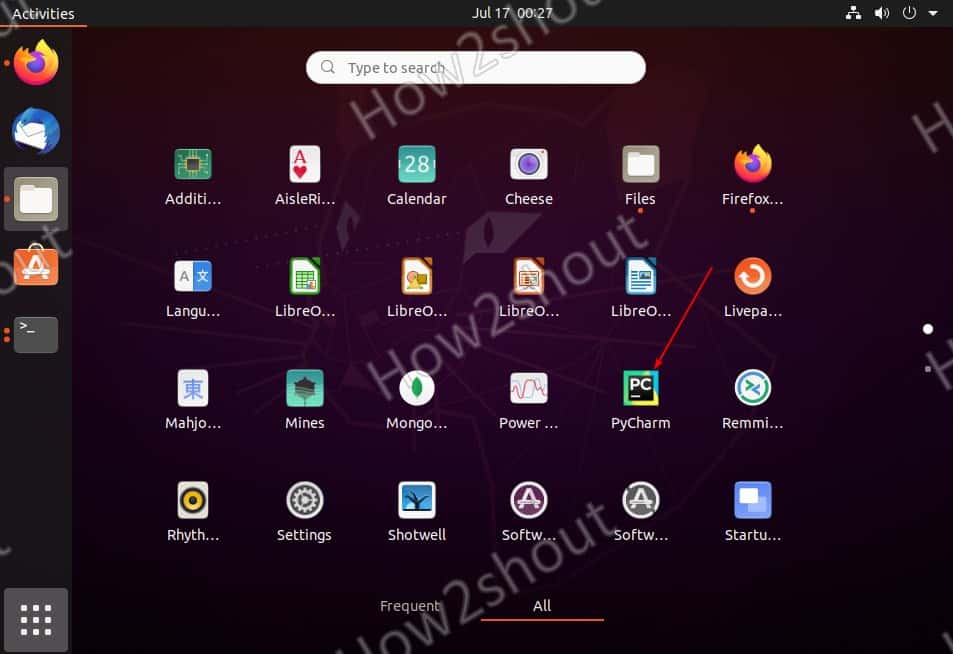
You can change its type with the cell type selector in the notebook toolbar: When in the command mode, you can navigate the notebook cell by cell using Up/ Down keys, as well as use keyboard shortcuts to select, copy, paste, and delete cells.Ī newly created notebook contains one code cell. When a cell is in the command mode, it has a blue border on the left. To toggle the command mode, press Esc or click the gutter. When in the edit mode, you can navigate through all cells line by line using Up/ Down keys. When a cell is in the edit mode, it has a green border on the left and a highlighted line with a caret. To toggle the edit mode, press Enter or click any cell. Depending on the mode you can either edit code in notebook cells or use keyboard shortcuts to perform specific actions with cells. The editor for Jupyter notebooks has two modes: the edit mode and the command mode. When editing notebook files, mind that P圜harm updates the source code and the preview of the notebook if it has been changed externally. Press the Ctrl+A once to select a cell at caret, and press Ctrl+A twice to select all cells in the notebook. You can apply various editing actions to one cell or to the entire notebook. In the dialog that opens, type a filename.Ī notebook document has the *.ipynb extension and is marked with the corresponding icon.

Right-click the target directory in the Project tool window, and select New from the context menu.

If needed, you can create a notebook file. ipynb file, follow the same steps as for the files of the other types. When all the indexing processes are finished, you are ready to start working with the notebook files.
#Pycharm inotebook run cell shortcut install
Install the jupyter package for the selected interpreter. Create and edit Jupyter notebooks Set up your project


 0 kommentar(er)
0 kommentar(er)
